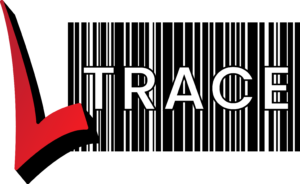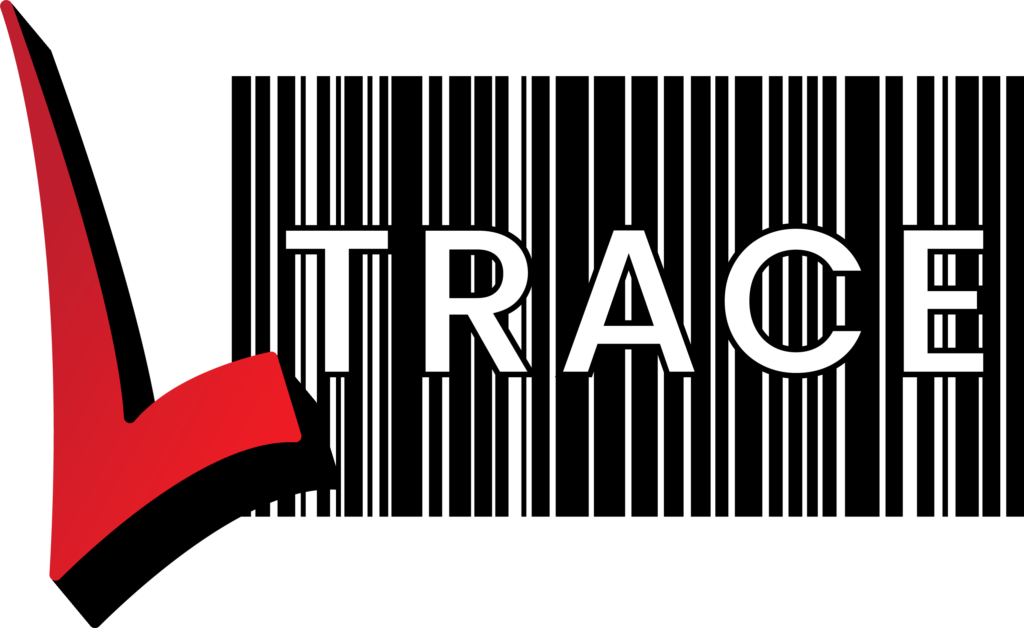Groups, Subgroups, Items and Components
Definitions/ Glossary
Items are the entity that will have the label applied to them. This is typically the package and may contain one or more physical objects. For example, a specific tray that contains several objects is an item.
Subgroups are formed by grouping several identical items. A subgroup will typically be what the item is known as. All items within a subgroup don’t need to be identical.
Groups are then the grouping of subgroups. They are intended to provide an easier search when manually selecting an item. They are also used for reporting purposes.
Components are; Objects within an item and Stock.
Photos and images
Where possible, either photos or graphical images of the objects should be included. Where both are required use a graphical program to merge them and into a single image. The intent is for an operator to be able to refer to:
- The pick list (components)
- A photo or image to confirm that have the correct components

Collecting the data
Sterilised items:
- Determine all the subgroups (or items where they are not identical within a subgroup).
- Determine all the components that make up each subgroup. Identify which components have serial numbers or a limited number of usages.
- Add all the components to the system. Where a component is used on multiple items it only needs to be added to the component list once.
- Determine a grouping and structure and add the groups
Washed items
Determine all the types of items that are typically washed and require labels.
Stock items
Determine all the items that must be tracked through the LTrace system. Identify which items have serial numbers or batch information.

